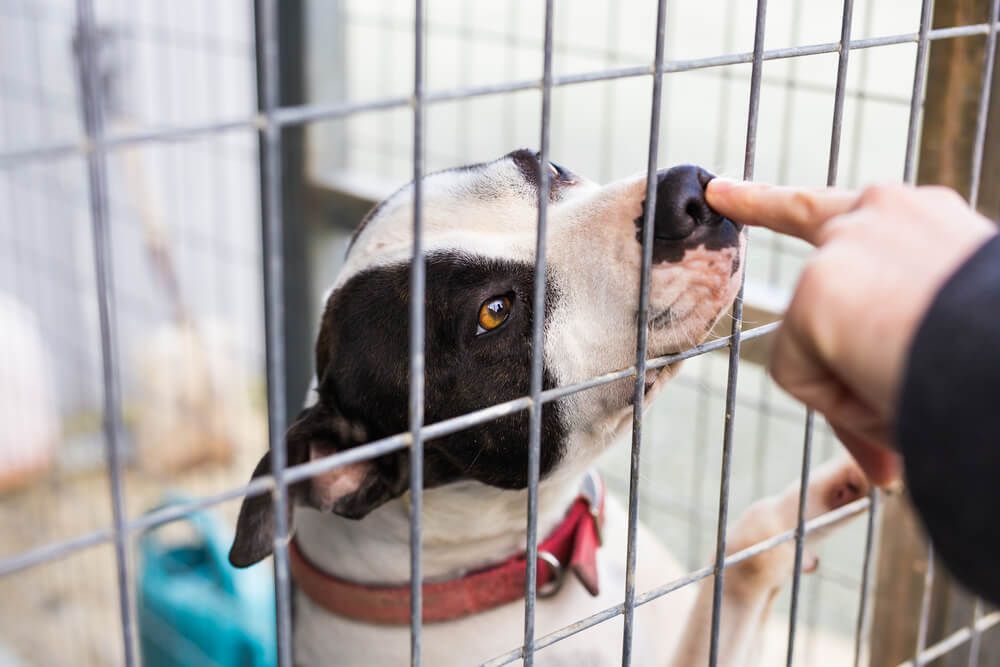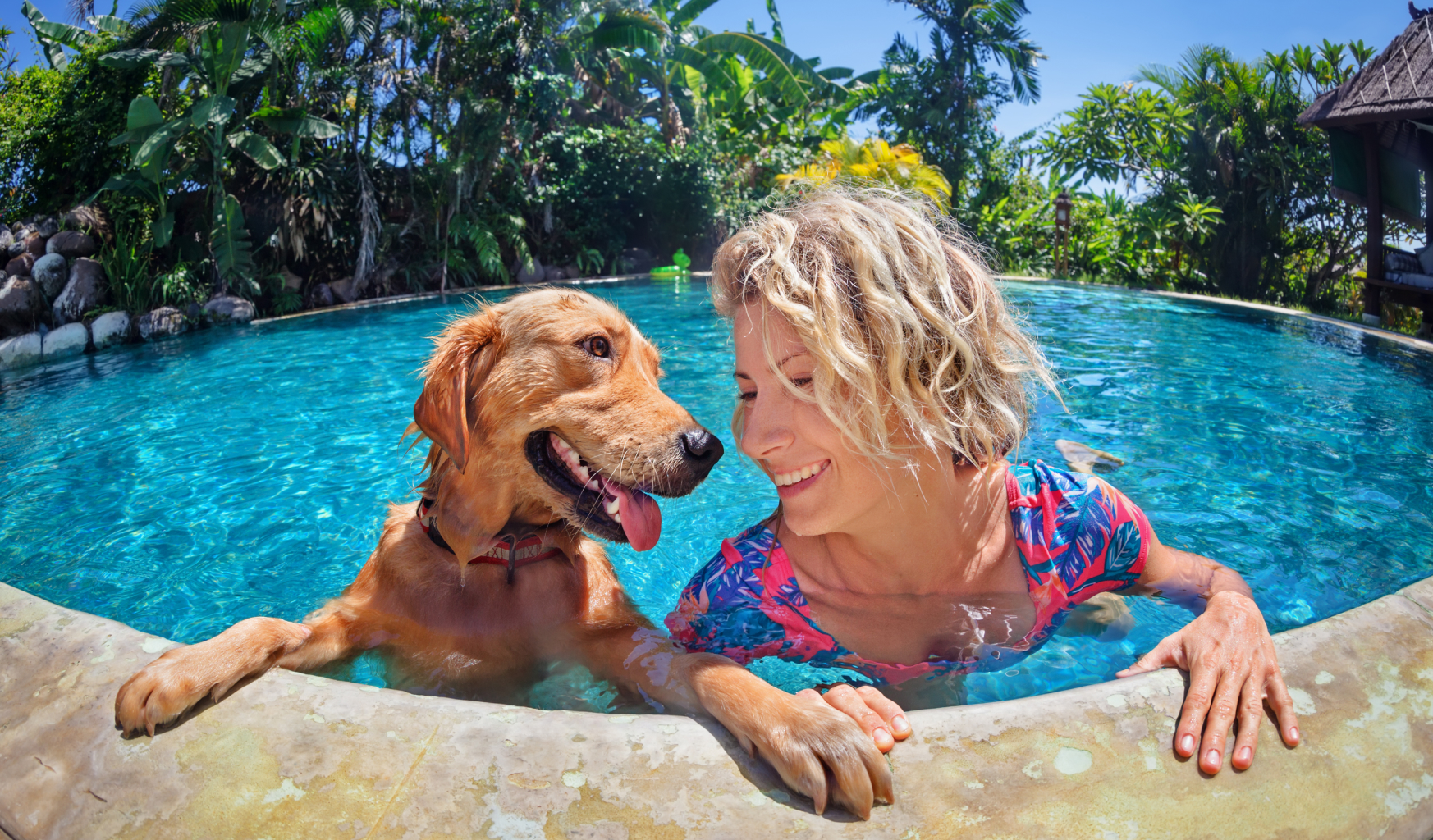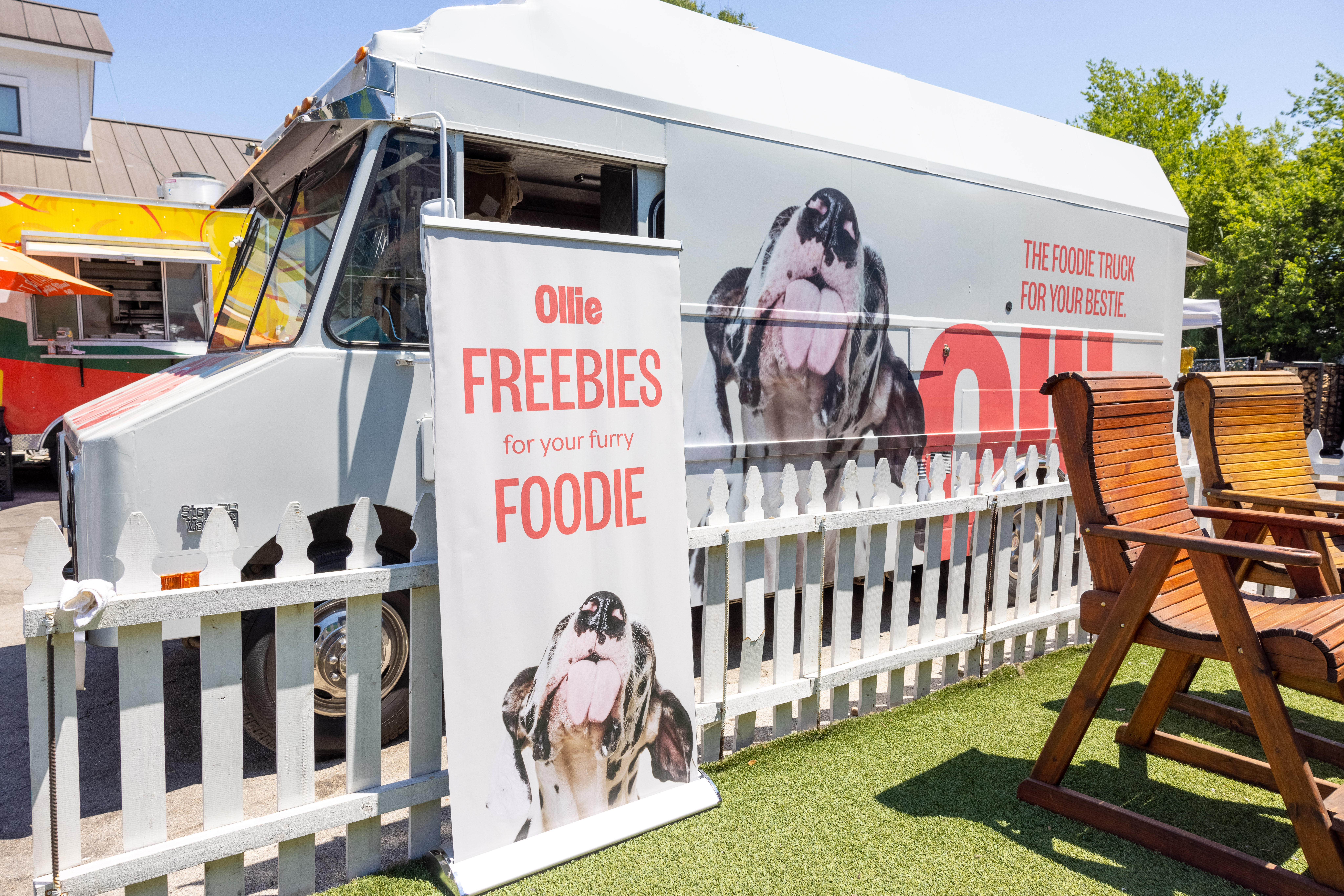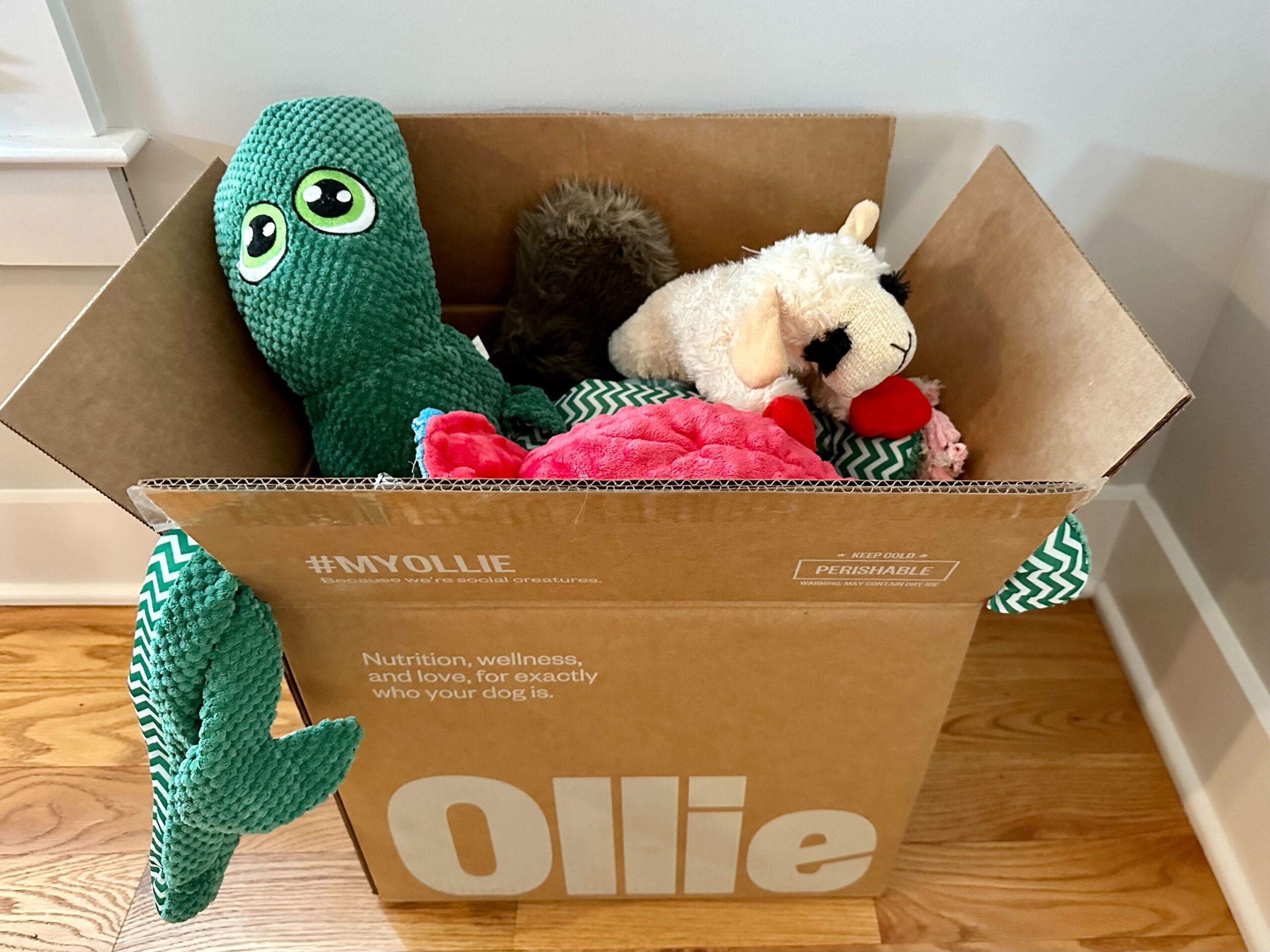Hey Ollie blog readers! We’re offering you an exclusive 60% OFF your starter box! Try now!
Animal shelters and rescues have grown in popularity in recent years. The US Humane Society reports that there are currently over 3,500 brick and mortar animal shelters and over 10,000 rescue group currently in the United States.
But how did animal shelters begin? We looked at the history of animal shelters around the world.
Early animal shelters
Animal cruelty was first recognized as an issue in the 1820s in Britain. As a response to this, the Society for the Prevention of Cruelty to Animals (SPCA) was founded in 1824. This animal welfare group focused on shifting the perceptions of how dogs were treated.
The SPCA made its way to the United States in 1866. It was started by a man named Henry Burgh who was mocked and ridiculed by many as most were indifferent to the plight of dogs. But, the concept didn’t end there and we saw the SPCA continue to grow.
Just three short years later, in 1869 the first animal shelter is set up by the Women’s SPCA of Pennsylvania. The center is still operational over 150 years later serving as Bucks County PA’s only open-intake shelter and offers adoption, training and veterinary services.
Not long after it was founded, Women’s Animal Center established one of the first humane education programs in America. Generations later, the focus is still on working with youth to build a more compassionate future for animals.
While the early shelters started as a place for horses to go, they have expanded over the years to include dogs, cats, and other small animals. Some rescues even focus on livestock.
Where did the term “the pound” come from?
If you grew up in the 80s you may have had a stuffed animal called a pound puppy. The term the pound was used to describe animal shelters around this time. Animal rescue and welfare was not front and center as it is now and spay/neuter programs were not as popular.
The term, the pound actually came from older agricultural communities. Loose livestock was herded into pens and held until their owners came to collect them – for a fee. Similar to the way car impound lots work now.
What has improved since the early days of sheltering?
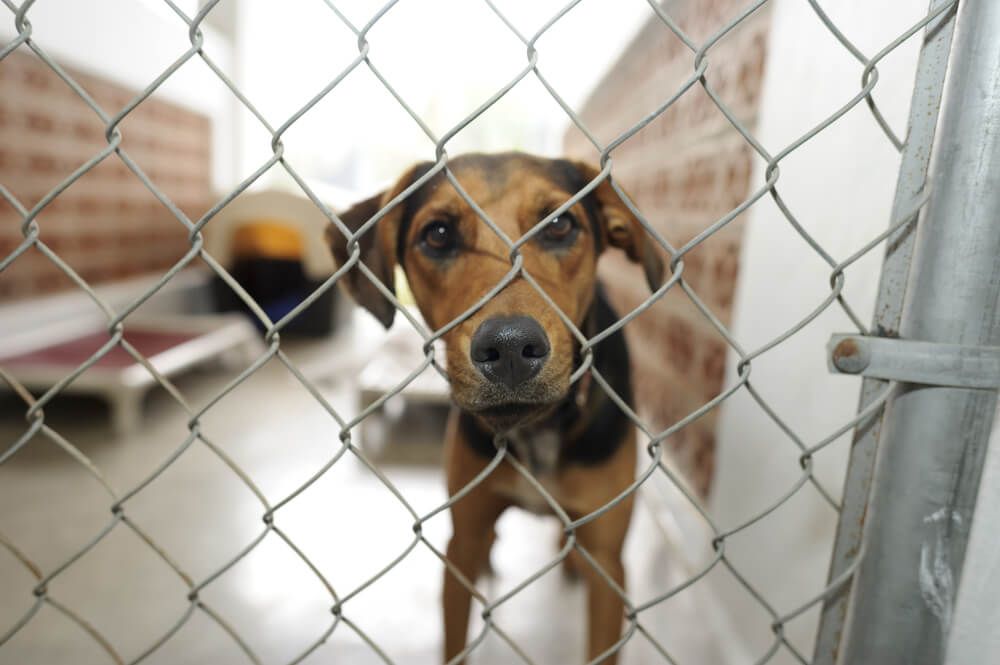
In the early days of animal shelters, many more stray animals were euthanized and there was less emphasis on animal welfare and controlling the population.
Today, many shelters employ or consult with trainers who specialize in behavioral training and rehabilitation to help more dogs make it out of the shelter and thrive in a family home.
Today, the use of foster homes is also common. Trained volunteers allow dogs to live in their homes until they find their forever families. Shelters can be loud, chaotic, and stressful places so having somewhere quiet to rest and recover is really helpful for these pups. This is especially true of animals recovering from injuries or abuse.
What are the different types of shelters and how do I choose?

If you are looking for a dog or a place to volunteer, you now have more choices than ever. Some people prefer municipal shelters as they are often open-intake (which means they have to accept any animal that comes through their door) and underfunded or understaffed.
Private shelters often pull dogs from open-intake shelters but if they are full to capacity or have concerns about the ability to find a suitable home for an animal, they may have the right to turn animals away.
Other people may prefer to go to a smaller or breed-specific rescue. For example, if you love Cavalier King Charles, you may want to volunteer with a Cavalier-specific rescue. These groups may pull Cavaliers from shelters or help dogs find a new home if their original owner passes away or becomes too ill to care for them.
Whatever it is you’re looking for there is an opportunity for you to help dogs in shelters or with rescue groups! If you are looking to add a new best friend to your home, you can visit a few shelters and contact rescues – tell them what you are looking for and an adoption coordinator will be able to assist you in your search.
The Ollie blog is devoted to helping pet parents lead healthier lives with their pups. If you want to learn more about our fresh, human-grade food, check out MyOllie.com.
Tagged As:

The nutrition your dog needs,
the food they want.

Enjoying our articles? Subscribe our Newsletters and get new articles directly to your inbox
You might also like
29 May 2024
2 MINS READ
6 Summer Side Quests for You and Your Pup
When it comes to summer, joy is an essential ingredient. Time to grab your best bud, have some fun, and soak up the sun.
by Ollie Pets
25 January 2024
2 MINS READ
Stupid Pet Tricks Tour Presented by Ollie
Stupid Pet Tricks is back with a brand new series on TBS and a five stop tour across the country, presented by Ollie!
by Ollie Pets
30 March 2023
3 MINS READ
Upcycling Tips for Your Ollie Box
Video courtesy of @adventuresoffinnandaoife As earthlings and pup parents, we need to be mindful of our carbon footprint, so let’s create a healthier environment for future pups and their hum…
by Ollie Pets
